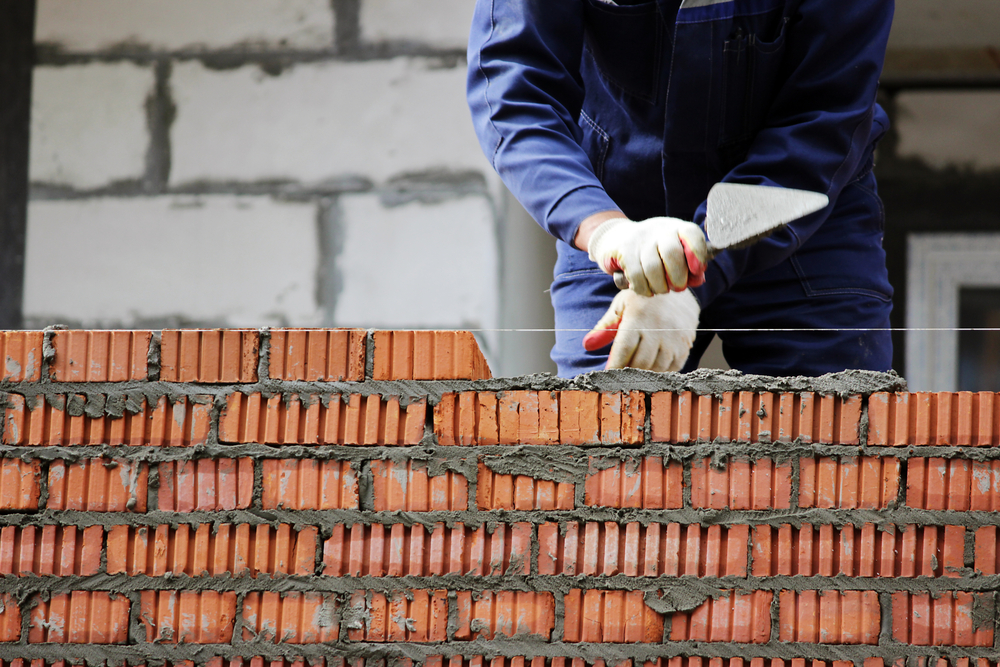
In March, construction companies experienced improved tender opportunities and resilient customer demand, despite some reports that economic uncertainty and rising costs had limited new business growth.
Rising workloads contributed to a considerable rise in staffing numbers during March. However, the pace of job creation eased to its weakest so far this year due to ongoing difficulties to fill vacancies.
Mirroring the trend for new orders, the latest data signalled a sharper increase in purchasing activity across the construction sector.
Input buying increased at the steepest pace since July last year, which S&P said was driven by a combination of stronger demand and efforts to build stocks where possible.
Commercial work was revealed as the best performing segment in March (index at 60.8), with projects restarting as pandemic restrictions continue to ease.
The commercial construction sector has seen output growth accelerate for three months in a row, with the latest upturn being the strongest since June 2021.
Meanwhile, the recoveries in civil engineering (index at 56.3) and residential work (54.9) lost momentum in March. The latter saw the slowest expansion of the three broad categories monitored by S&P.
Commenting on the report findings, Beard’s finance director Fraser Johns says the new growth is “really encouraging”.
“Input buying and job creation, key indicators of the sector’s overall health, show the sector is gaining momentum. However, there are hurdles to overcome,” Johns explains.
However, imbalanced supply and demand, alongside escalating energy, fuel, and commodity prices, resulted in a rapid rise in average cost burdens in March.
The overall rate of input price inflation accelerated sharply since February and was the highest in six months.
Johns highlights that “optimism in the sector is low” as inflation, combined with rising energy prices and difficulties filling jobs are potential issues on the horizon.
“These are not insurmountable though, and they even present opportunities for construction firms to revaluate their ways of operating. The skills shortage has long been an issue for the sector and construction firms need to improve diversity to change perceptions of the construction sector. By adopting inclusive practices, construction can attract people from diverse range of backgrounds which will help solve the skills shortage,” he adds.
Concerns about the war in Ukraine, forecasts of severe cost inflation and a less favourable global economic outlook all weighed on constructors’ confidence in March.
Around 48% of the survey panel expect a rise in business activity during the year ahead, while only 15% predict a decline. However, the balance of positive sentiment was the weakest seen since October 2020.
Naismiths’ director of the national property consultancy and surveyors Gareth Belsham warns: “The gathering economic storm has yet to fully hit construction.”
While anxiety about the return of rapid cost inflation has dragged industry confidence down to its lowest level in 17 months, Belsham says the construction’s vital signs “remain good”.
Belsham explains: “Demand remains strong, and new orders have now been in positive territory for 22 months in a row. That said, British builders are braced for a serious shock to their supply chain. At the start of the year, Russia and Ukraine together constituted the second-largest steel exporter in the world. With imports from Russia now blocked and Ukrainian production all but halted, UK steel prices are surging.”
“The availability and cost of other key building materials like timber are also being severely impacted by the war in Ukraine, and a third of the construction firms polled for the PMI survey reported that delivery times for key materials are getting longer too.”
“Nearly half of firms still expect business to improve during the course of 2022, but nevertheless both they and their clients are battening down the hatches as the second wave of post-pandemic inflation approaches,” he adds.



